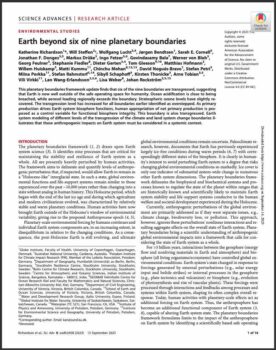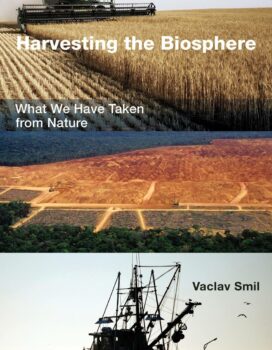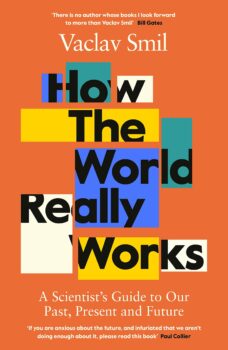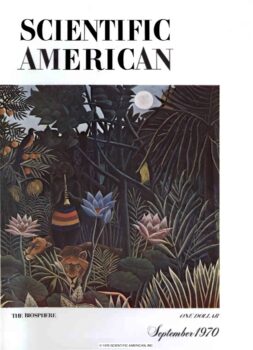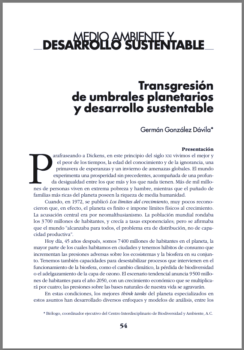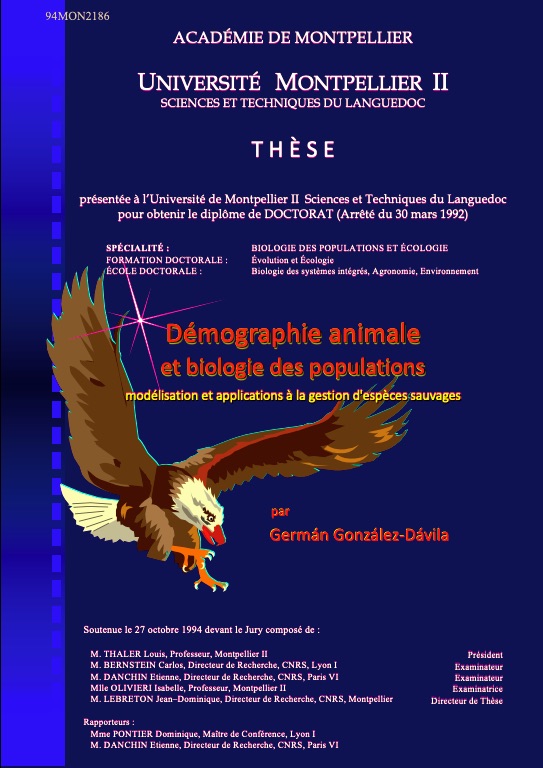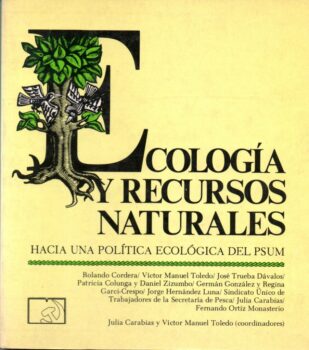Biosphere
Earth is now well outside of the safe operating space for humanity. Biosphere integrity, climate change, land system change, freshwater change, biogeochemical flows and pollution by novel entities have their boundaries already transgressed…
Smil, V. 2013. Harvesting the Biosphere – What We Have Taken from Nature. MIT Press
[Here, a résumé]
An interdisciplinary and quantitative account of human claims on the biosphere’s stores of living matter, from prehistory to modern crop production, noting that the increasing extent and intensity of present-day biomass harvests are changing the very foundations of civilisation’s well-being.
Smil, V. 2022. How The World Really Works. Penguin Books, UK. 326 pp.
Vaclav demonstrates that the world works supported by four main pillars: steel, cement, plastics and ammonia. To maintain these pillars, our societies have been steadily increasing their dependence on fossil fuels, making their complete and rapid elimination unlikely. More on Vaclav Smil here.
Hutchinson, G. E., et al. 1970. Sci. Am. Sp. Iss., Sept. 1970, Vol. 223, Num. 3.
Pioneering publication explaining the production of food, goods and services through energy and materials flows in the human economy, processes embedded in the biogeochemical earth’s cycles and physically constrained by the biosphere and its planetary boundaries.
Planetary Boundaries
Transgresión de umbrales planetarios y desarrollo sustentable. Configuraciones 44, mayo-agosto 2017, Revista de la Fundación Pereyra y del IETD
Demography
DEMOGRAPHIC MODELS
Continuous-time; discrete-time; branching processes; demographic parameters; life-tables; evolutionary fitness.
Political Ecology
Carabias, J. & Toledo, V (coord.). 1983. México.
This work triggered the public policies for renewable natural resources in Mexico.
